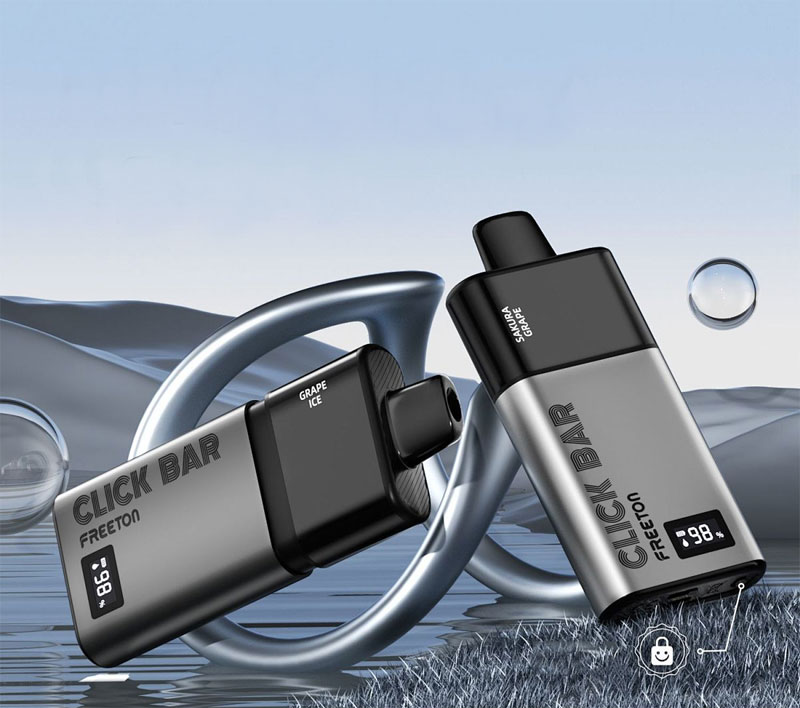The Rise and Mainstream Adoption of E-cigarettes in America
In the realm of smoking alternatives, e-cigarettes have carved out a notable position, evolving significantly over the past decade. The introduction of e-cigarettes in the U.S. market can be traced back to the late 2000s, but it wasn’t until the early 2010s that they began to permeate the mainstream.
The journey toward mainstream acceptance was driven by several factors. As public awareness about the negative impacts of traditional tobacco products grew, consumers started to seek alternatives that claimed to be less harmful. The e-cigarette, a device that vaporizes liquid nicotine, emerged as a viable substitute.
With marketing portraying e-cigarettes as modern and less detrimental, their appeal widened.
Initial Introduction in the U.S. Market
The first e-cigarette models, introduced by companies catering to niche markets, faced initial skepticism. Early adopters were typically tech enthusiasts intrigued by the device’s novelty. These innovative products were marketed on the premise of offering a comparable experience to conventional smoking but potentially avoiding some health risks associated with inhaling combusted tobacco.
A Strategic Shift: Marketing and Availability
By 2013, the accessibility of e-cigarettes expanded significantly. This period witnessed strategic advancements as companies invested heavily in marketing campaigns that depicted e-cigarettes as not only trendy but as a part of a modern lifestyle. Their presence in retail locations such as convenience stores and gas stations contributed to a surge in consumer engagement and trial.

The role of social media also cannot be understated. Influencers and online communities played a pivotal role in driving interest and spreading information about e-cigarettes. These platforms enabled users to share experiences, tips, and reviews, thus further propelling the devices into the limelight.
Technological Advancements and Consumer Adaptation
Technological development has been a constant in the journey of e-cigarettes. Innovations in battery life, vapor production, and compatible flavors helped to broaden the appeal of e-cigarettes. This evolution made them not just a replacement but an enhancement over traditional smoking habits.
These advancements coincided with shifting attitudes towards smoking, particularly among younger demographics. Millennials and Gen Z were particularly drawn to the array of flavors and the experiential aspect of vaping.
The Policy and Regulatory Landscape
The rise of e-cigarettes also ushered in discussions around regulation. States began examining appropriate measures to ensure public health safety, with debates focusing on age restrictions, advertising regulations, and ingredient disclosures. The dynamic regulatory environment continues to evolve as public health bodies assess the long-term impacts of vaping.
The Current State of E-cigarettes in the U.S.
Today, e-cigarettes have become ubiquitous, seen as an integral part of the tobacco alternatives market. Despite challenges related to regulation and public perception, they maintain a strong demand, underpinned by continual innovation and adaptation to consumer preferences.
FAQ

Q: Are e-cigarettes considered safer than traditional cigarettes?
A: While often marketed as a safer alternative, the long-term health effects of e-cigarettes are still under study. Most experts agree that vaping is likely less harmful than smoking due to the absence of combustion.
However, nicotine addiction remains a concern.
Q: What types of e-liquids are available for e-cigarettes?
A: E-liquids come in a wide variety of flavors, including tobacco, menthol, fruit, and dessert options. Users can also choose nicotine concentrations that suit their preferences.
Q: How are e-cigarettes regulated in the U.S.?
A: E-cigarettes are subject to both federal and state regulations. These can include age restrictions, packaging requirements, advertising guidelines, and ingredient transparency.
Regulatory measures are continually being updated as research evolves.
